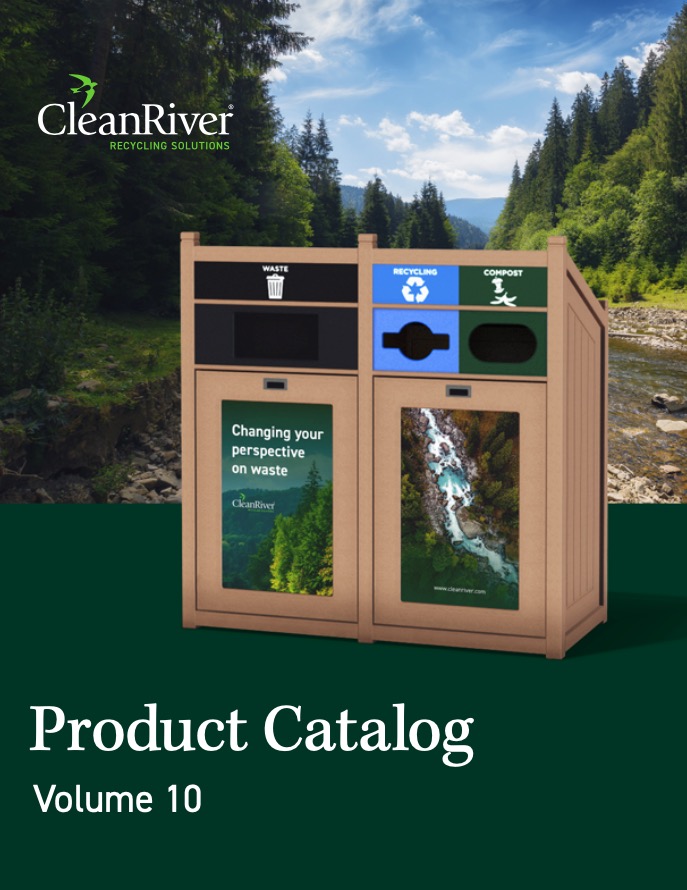One of the biggest challenges facing colleges and universities is how to get students engaged in the campus recycling program.
With the lack of any standardization in recycling colors or signage, students from various backgrounds and cultures may have difficulty recognizing what should be recycled and what’s trash.Here’s 10 tips for getting students engaged in your campus recycling program:
1. Determine your benchmark by doing a waste audit.
Discover the volume and type of waste that’s being generated on campus. This helps you select containers with the correct capacity and place them in the right locations. The waste audit will identify whether you need any specific waste collection containers. Pizza boxes are a big issue for many colleges and universities and is one example of where a specialized bin is required.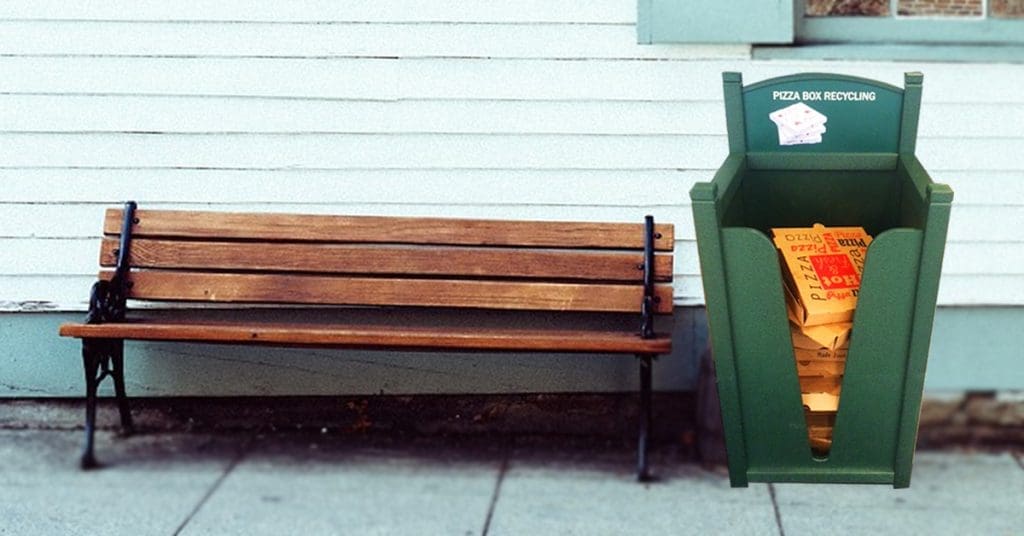

2. Standardize your program – use the same bins, same graphics and same colors across campus.
There are 4 main areas on campus for recycling containers to be placed:- Athletics/Sports facilities
- Common areas (classrooms, meeting rooms, hallways, entrance ways and green spaces)
- Student residence
- Cafeteria/food service
University of Bentley uses consistent colors and graphics across campus.
3. Use clear graphics with facility-specific images.
Studies have shown that when you use images of waste that is generated on campus it helps students make the right choice when they’re at the recycling bin.
[video_wrap][/video_wrap]Watch the video to learn how graphics help increase diversion rates.
4. Launch the program and generate excitement.
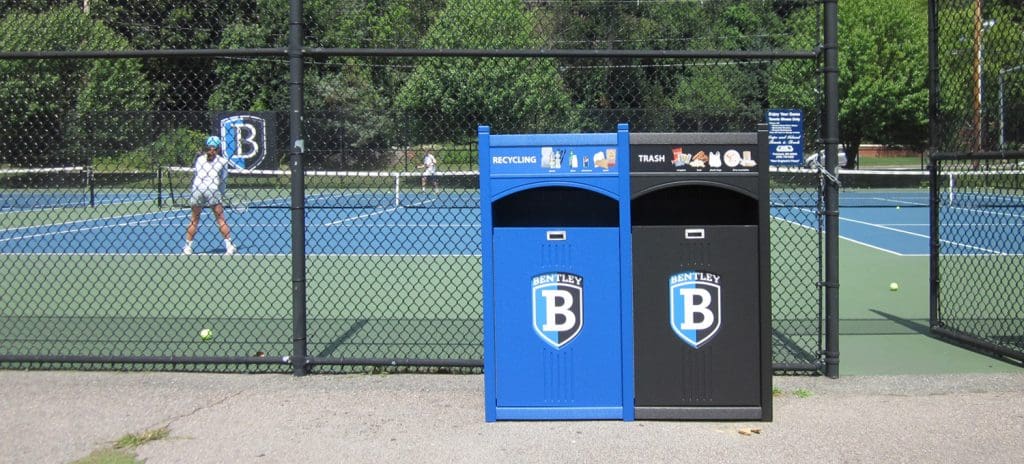

5. Start a Green team.
Student green teams are able to create relevantly and impactful messaging that resonates with their peers. This helps spread the word about what’s happening on campus with recycling and other sustainability initiatives. It becomes a tribal movement rather than a directive from the administration.

6. Get competitive.
Participate in national or regional competitions against other colleges and universities such as Recyclemania or Game Day Challenge. This will help keep your campus recycling program top of mind for all students. You can also hold competitions on campus between faculties or departments with prizes and recognition for the winners. Harvard has a recycling challenge where students can earn points for a study break http://green.harvard.edu/tools-resources/rep-recycling-challenge.7. Include your custodial team.
They know exactly what’s happening and can flag challenges or issues to help you improve your program. Little Rock Zoo and Black & McDonald included their custodial teams when designing their recycling programs. Little Rock zoo increased their recycling by 65% and Black & McDonald achieved zero waste.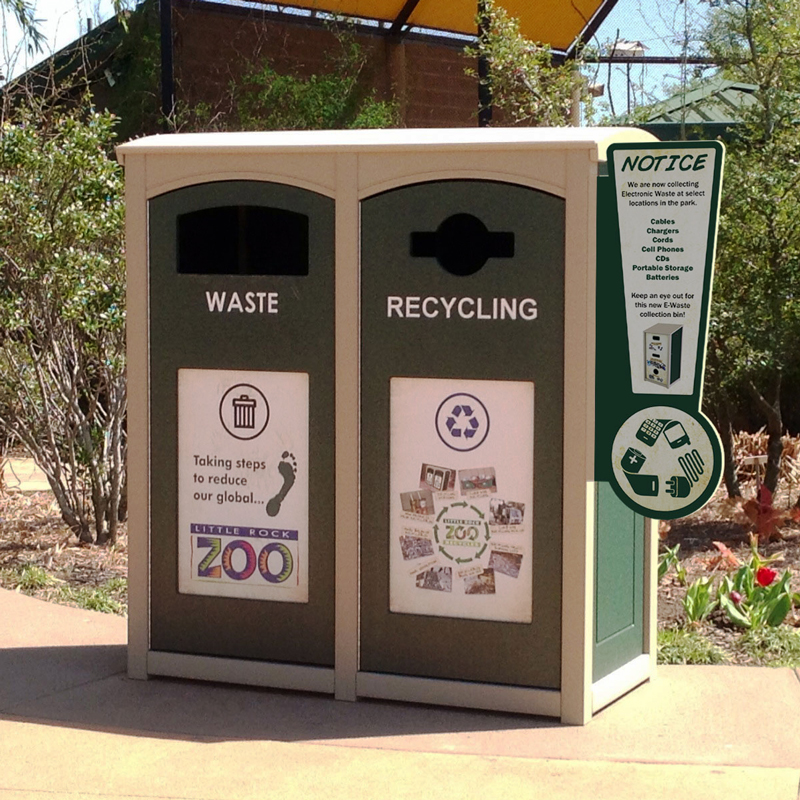

8. Get your game on.
Sports events generate a lot of waste. You need to limit the amount of waste coming into the facility and work with vendors to ensure all packaging is either recyclable or compostable.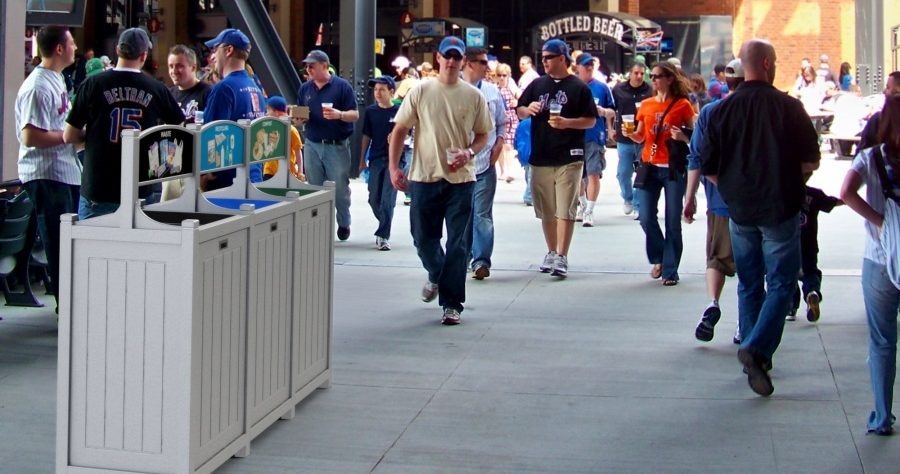

9. Publish your results.
Let students know what they’ve achieved. This further increases engagement and motivation. Ensure the results are relatable and easy to understand. Use waste hauler reports to create easy to understand charts and graphs. Post them next to the bins and share on social media.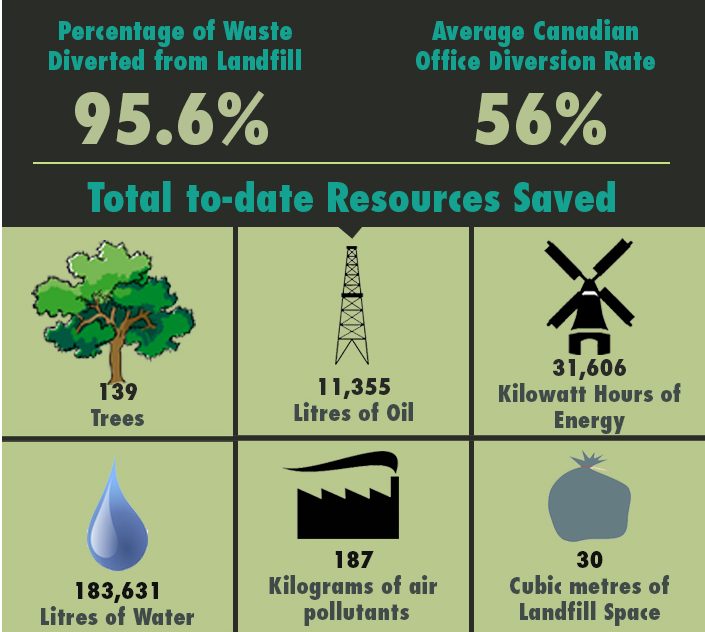

10. Measure and repeat.
Make sure you continually improve your program through regular waste audits to monitor the waste being generated. Have regular check-ins with the custodial team to see if any new challenges have arisen. Refresh your graphics to reflect any changes in the waste being generated on campus especially if you have any new vendors in the food service areas.

